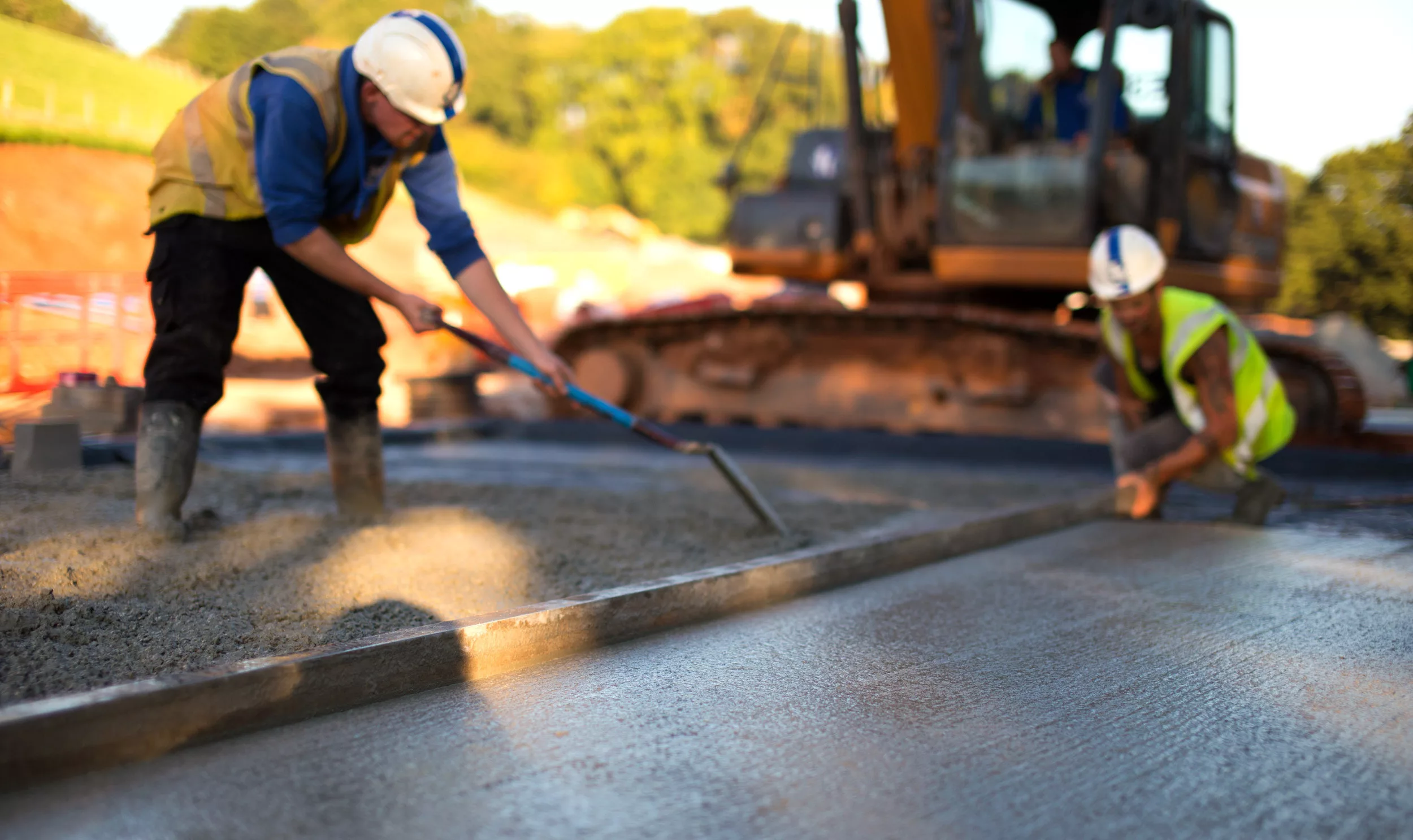
Cranes are essential for moving heavy objects and help build tall buildings, bridges, and significant structures in construction work. However, with great power comes great responsibility, and unfortunately, crane accidents can happen, resulting in injuries, fatalities, and property damage. Cranes are very important in building large structures. But, if people are not careful or do not pay close attention, accidents can happen. This shows why it is so important to follow safety rules closely. In California, figuring out who is to blame for these types of accidents involves understanding a lot of legal details.
Understanding Crane Accidents
Crane accidents can occur due to a multitude of reasons, including operator error, equipment malfunction, improper assembly, or inadequate maintenance. These accidents can hurt people and harm the project. It’s important to find out why they happen. This helps us know who is to blame later on. External factors such as adverse weather or unstable ground conditions can also influence crane accidents. Also, not training or watching crane operators closely enough can increase the chance of accidents. It’s vital to maintain cranes well and check them regularly to spot and fix any dangers before they lead to accidents. Paying attention to safety and being responsible helps protect workers. It makes sure projects finish successfully too. This approach greatly reduces these accidents.
California’s Legal Framework
In California, the legal framework governing liability in crane accidents is complex and multifaceted. California has strict rules to keep construction workers and the public safe. Laws like the Occupational Safety and Health Act (OSHA) and the state’s Health and Safety Code set safety rules for using cranes. Federal laws like the Crane Safety Standard also make these rules stricter. Construction companies need to follow these rules to avoid fines and legal issues. Agencies and groups in the industry are always working to make these safety rules better and to make sure they are followed, to prevent crane accidents in California.
Determining Liability
When such an accident occurs, determining liability involves examining multiple factors, such as who was operating the crane, whether proper safety protocols were followed, and whether there were any equipment defects or maintenance issues. In many cases, liability may extend beyond the crane operator to include construction companies, equipment manufacturers, and site supervisors. Eyewitness testimonies and expert analysis of the accident scene may also play crucial roles in establishing liability. Failing to provide adequate training or supervision can hold construction companies accountable, while producing faulty crane components may subject equipment manufacturers to liability. Neglecting safety procedures or improper equipment inspection by site supervisors may lead to them being found negligent.
Legal Recourse for Victims
Victims of crane accidents in California have legal recourse to pursue compensation for their injuries and losses. Depending on the circumstances of the accident, they may be able to file a personal injury lawsuit against the responsible parties, seeking damages for medical expenses, lost wages, pain and suffering, and other related costs. If someone dies in a crane accident, their family can file a wrongful death claim. This helps them get justice and money support. Going through the legal steps after this type of accident can be tough. But getting help from skilled personal injury lawyers can make a big difference. These lawyers offer important advice and support. They make sure victims and their families get the money they should.
Figuring out who is to blame for crane accidents in California requires looking closely at several things. These include mistakes by the operator, problems with the equipment, and whether safety rules were followed. Construction companies, those who make the equipment, and site supervisors are all important for keeping cranes safe at work sites. Knowing California laws and putting safety first can lower these incidences. This helps keep workers and everyone else safe.






